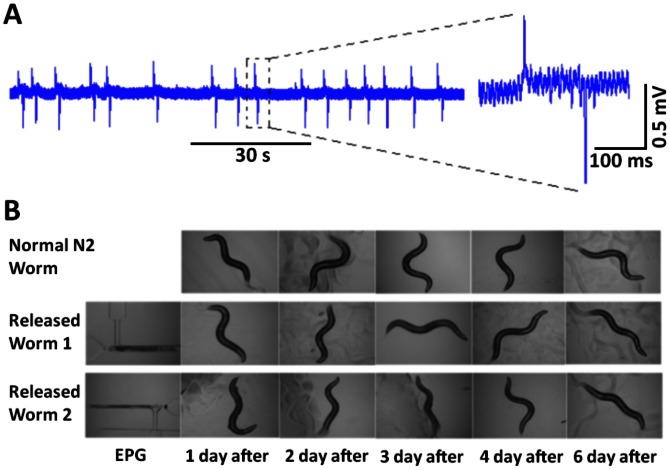Figure 3. An example of an EPG recording collected from the tail and the recovery trapped and released worms.
A. An electrophysiological recording made from the tail of a worm that entered the chamber in the wrong orientation. Note the lack of the features seen with the EPG waveform compared to Fig. 1C and the small amplitude of the signal. B. Worms can be recovered from the EPG chip following recording and show normal fecundity and viability. Wild-type (N2) worms that were not trapped in the device (top row, ‘normal’), or trapped and released (bottom two rows) were followed for development and survival over the course of six days. The worms that had been released from the device were alive, moved in a similar manner and produced the same number of progeny as untreated worms.

